< RETREAD RELIABILITY
KEY TAKEAWAYS
The U.S. federal government has determined that retread tires are no more dangerous than any other tire. The 2008 “Commercial Medium Tire Debris Study” from the U.S. Department of Transportation’s National Highway Traffic Safety Administration identified no direct link between retread tires and vehicle or highway safety, provided that all standard tire maintenance regimens are followed closely.
It is a common misconception that tire rubber debris on highways are due to tire retreading. Many think that retread tires are more susceptible to heat and other safety concerns, but this simply is not true. Issues like heat build-up, under-inflation and over-inflation, and tread baldness impacts any tire, brand new or retread.
It is essential that you follow tire maintenance and inflation best practices in your fleet.
Retread tires go through rigorous inspection and testing processes, and Bandag only retreads tire casings that meet our stringent standards. All-new tread is molded over well-maintained casings with solid structural integrity, and remolding strengthens the sidewalls. Major airlines to race teams to shipping companies to school buses rely on high-quality and safe retread tires for their vehicle fleets.
FEDERAL RETREAD REGULATIONS
There are no current Federal Motor Vehicle Safety Standards (FMVSS) mandated tire retread standards, but there are clear manufacturing quality and safety standards governing retread tires. Some federal government vehicles are even required by the Department of Energy to use retread tires in the U.S. Federal Executive Order #13149. The Federal Motor Carrier Safety Administration also indicates that commercial motor carriers are allowed to transport hazardous materials with retreaded tires.
The Federal Motor Carrier Safety Administration also indicates that commercial motor carriers are allowed to transport hazardous materials with retreaded tires.
STATE RETREAD REGULATIONS
There are many states that have safety regulations implemented for commercial vehicles and retread tires, and some limit the locations that a retread tire may be used, like the front wheels of buses. But zero states ban the use of retread tires on vehicles of any kind. The primary focus of legal regulation around retread tires is simply ensuring that they meet criteria for tread depth and ply ratings. For example, Connecticut has very specific guidelines on bead wires and tread separation.
The evidence is conclusive that retread tires are not only safe and legal, but also the smart choice for fleets. Be sure to work with trusted tire retreaders near you that follow a meticulous process with uncompromising standards for tire quality and safety.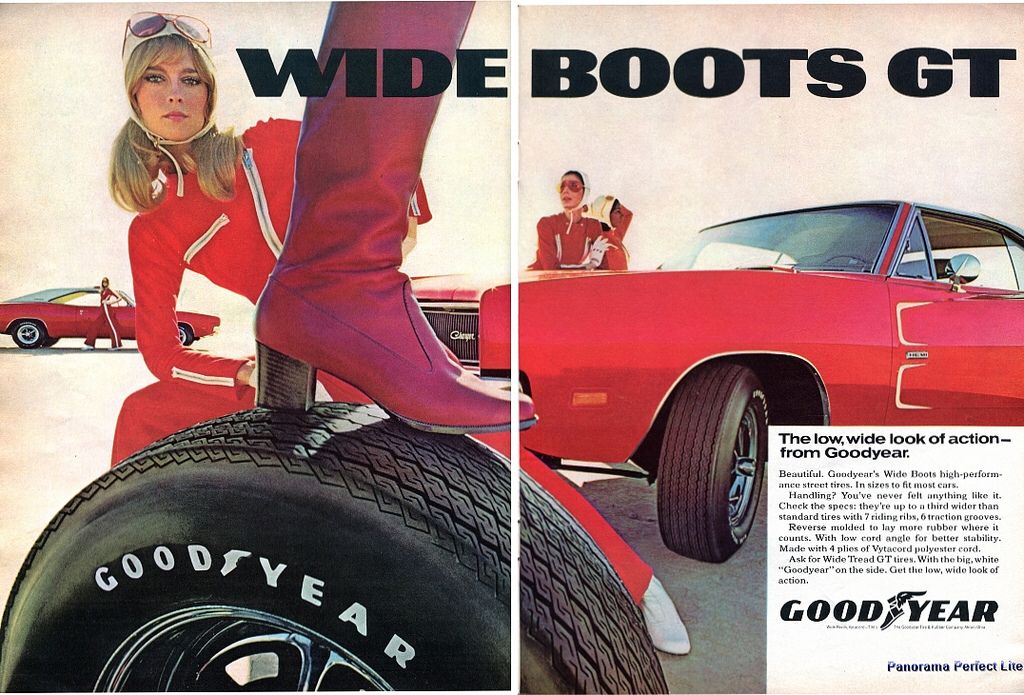 Your local Bandag retread manufacturer is your best resource to learn more about a tire maintenance regimen to achieve the best performance and safety out of your retread tires!
Your local Bandag retread manufacturer is your best resource to learn more about a tire maintenance regimen to achieve the best performance and safety out of your retread tires!
Recipient Email Address
Press "Enter/Return" or "Space" key to validate your email. Only valid emails can be added. You can share with multiple people.
Subject
Message
Optional
Send a copy to sender's email address
Tires are without a doubt the most important part of any vehicle. Have you ever tried driving without them? Nope, didn't think so. Tires are obviously the key ingredient to vehicles functionality making it also a key ingredient to vehicle safety. Having a set of reliable tires can make or break your car driving experience.
Many consumers are often confused by price with safety. Just because a tire is expensive does not necessarily make it safer than another tire. Yes, a brand new tire from a top tier manufacturer will be your safest tires on the market and usually most expensive, but with that being said we at TreadWright Tires take those premium tire casings from top-tier manufacturers and put them through a 7 point inspection apply new rubber and resale them at a fraction of the cost without sacrificing safety.
Yes, a brand new tire from a top tier manufacturer will be your safest tires on the market and usually most expensive, but with that being said we at TreadWright Tires take those premium tire casings from top-tier manufacturers and put them through a 7 point inspection apply new rubber and resale them at a fraction of the cost without sacrificing safety.
Since tires are perishable, it’s natural that they slowly wear down over time. The friction (or grip) that tires create is what keeps you on the road. Compared to other items on a car, it can seem like tires wear out a lot quicker and add up in cost over the years. Balancing cost with quality is where the struggle comes in with tires. However, the educated consumer will be able to analyze tires and make an intelligent decision when making their tire purchases and realize that retreads/remolds are a viable option.
Have you ever been driving down the highway and seen a large piece of rubber tire on the shoulder? Or even worse had a semi or other commercial vehicle delaminate its tire right in front of you?
Seeing or experiencing tire failure can be pretty scary at best and at worst it can cost lives.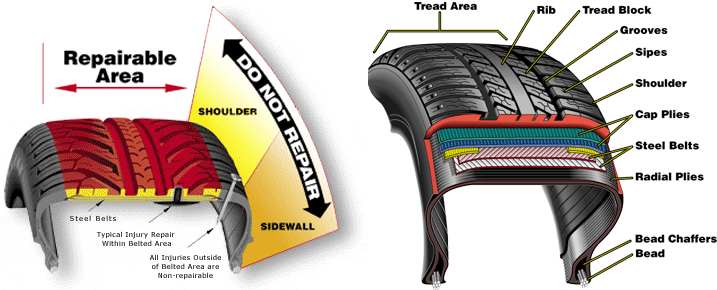 So it’s no big surprise that the myth of delaminated retreaded tires failing quicker than normal tires caught on so quickly.
So it’s no big surprise that the myth of delaminated retreaded tires failing quicker than normal tires caught on so quickly.
Retreading was first started in the early 1900s and sometime in the mid to late 1980s, is when the story that all those tire carcasses on the side of the road were the fault of retreads, began.
It’s easy to see why. Broken truck tires on the highway can look like delaminated retreads. And as we mentioned before, with tires being the only thing keeping in contact with the road, a lot of people don’t want their tires to be the next ones to be coming apart on the road.
The fact is, the number one cause of tire failure on US roads is from tires that are not inflated to the correct pressure and are either overloaded or not used in the correct way.
Whether it’s brand new or retreaded, a poorly maintained tire will only last so long.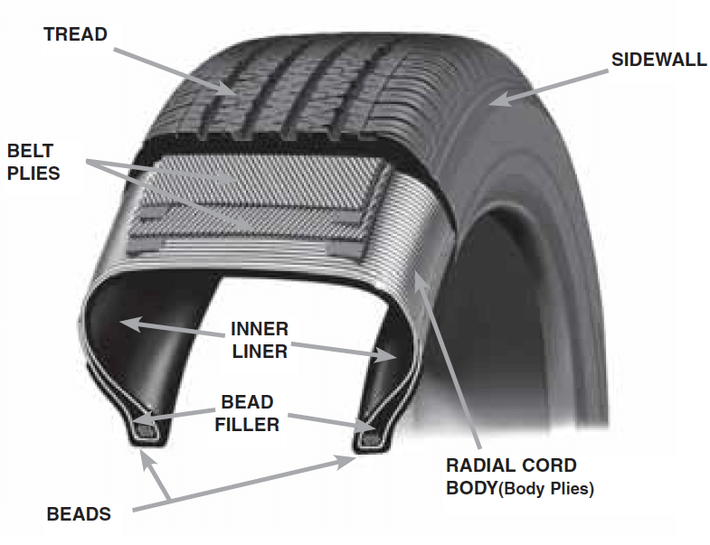 Tires are just like anything else on your vehicle. They need maintenance or they’ll wear out quickly.
Tires are just like anything else on your vehicle. They need maintenance or they’ll wear out quickly.
In a 2009 study, the Federal Government has shown that in terms of failure rates, retreaded tires are no more dangerous than new tires. Debris seen on roads comes from both new and retreaded tires.
It’s not retreaded tires that are causing the issue, it’s lack of proper tire maintenance and care are the culprit. It’s not just improper pressure that can cause failures. Improper wheel alignment, incorrect camber, and toe of the vehicle can all cause premature wear on the tires with these common tire problems.
We recommend sticking to the manufactured maintenance times outlined in your vehicles user manual and tires brand to keep your wheels straight and true.
It’s important to keep in mind that trucks, buses, and aircraft that use retreads cover hundreds of more miles than your car or truck. And they carry much, much more weight distributed across their multiple wheels. It’s is almost impossible to compare the wear and tear of a commercial vehicle tire against that of a car.
If retreaded tires were really so unsafe, you’d be seeing many more failed tires littering the side of the highway and a lot more problems on our logistics transporters.
While the basic technology of retreading tires is still the same, it’s remolding tires that have become the real game changer in terms of safety.
In the past where tire casings just had the tread layer replaced, remolding a tire also adds on an extra layer on the sidewalls of the tire effectively creating a ‘bead-to-bead’ mold which cures and bonds to the existing tire casing underneath.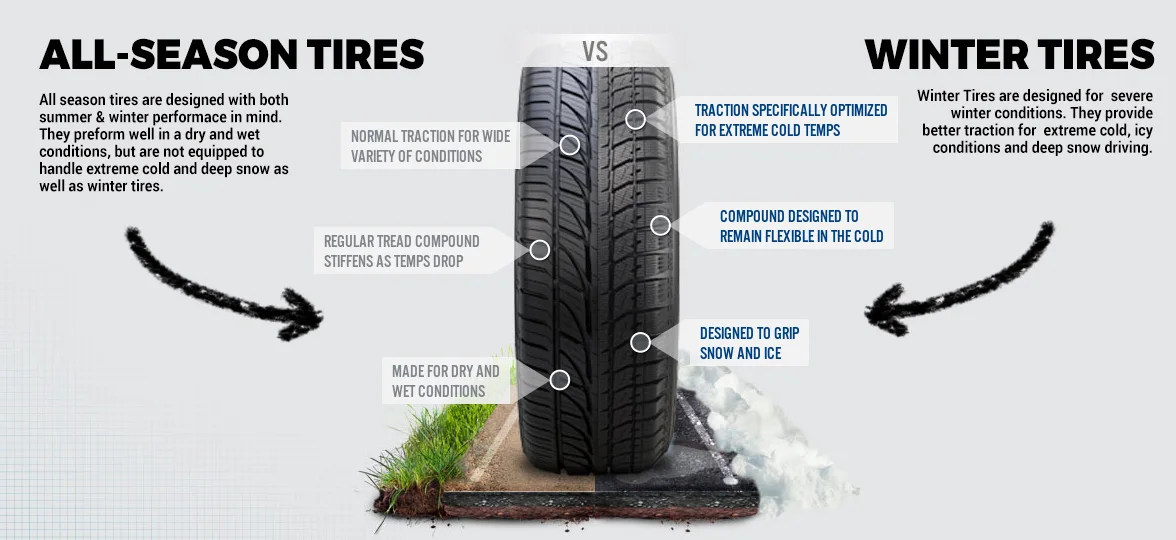 You can read more about the difference in full detail, Pre Cure Vs. Mold Cure.
You can read more about the difference in full detail, Pre Cure Vs. Mold Cure.
This method of retreading ensures a strong, efficient bond between the old and the new tire and means much more safety when driving on the road.
With the advancement of retreading technologies, retreads are gaining a bigger market share. More than 80% of all aircraft tires are now retreaded and the market for truck retreads is about $1.3 billion.
Sources:
https://www.pe.com/2017/09/12/on-the-road-retreaded-tires-can-save-you-money-but-are-they-dangerous/
https://www.bridgestonetire.com/tread-and-trend/drivers-ed/tire-tread-wear-causes
https://en.wikipedia.org/wiki/Tire#Specifications
https://www.tirerecappers.com/tire-recappers-news/5-tire-retread-myths-debunked/
http://www.tirereview.com/revisiting-consumer-retreads/
If you carefully read the traffic rules, you could not miss such a detail as the requirement to install tires of a certain retreading class on the front and rear axles of the vehicle. In most cases, car drivers are unfamiliar with the restoration procedure - after the rubber resource is exhausted, it is simply thrown away. But the owners of trucks can tell a lot about such a procedure as tire retreading. We will tell you how car tires are repaired, what methods are used, and for whom this service is suitable.
In most cases, car drivers are unfamiliar with the restoration procedure - after the rubber resource is exhausted, it is simply thrown away. But the owners of trucks can tell a lot about such a procedure as tire retreading. We will tell you how car tires are repaired, what methods are used, and for whom this service is suitable.
A worn protector can sometimes be replaced with a new one
Contents
It is known that a tire carcass is hidden inside the rubber layer, which is represented by many layers of metal cord and nylon (or other synthetic) fabric. It is extremely rarely subjected to heavy wear, since only the top layer of the tread is in contact with the road, which is erased with every kilometer of movement. Therefore, when the wheels are completely worn out, it is possible to retread the tires.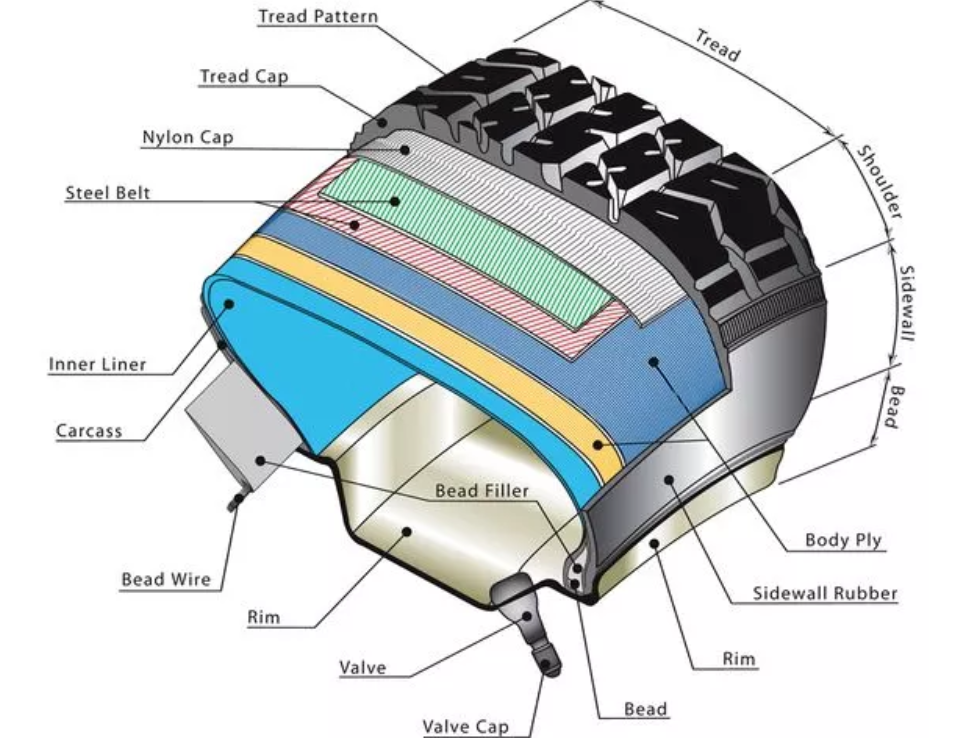
The essence of the operation is quite simple - the worn out tire tread is replaced with a new one, using various methods for this. The wheels become roadworthy again and provide an excellent level of safety even on slippery or wet roads. However, such tires are somewhat inferior to new ones - their service life is halved, and the characteristics that affect handling are often far from the reference ones.
To understand where to go for tire retreading, you should first study the features of the services provided by various service companies. It is possible that this type of restoration cannot be applied to the wheels you are using, or it is associated with excessive risk. Consider ways to restore the tread.
This method for extending the life of automobile tires applies exclusively to truck tires. At the same time, not every truck tire can be regrooved - to make sure that your rubber is suitable for such restoration, it is worth looking for the inscription "Regroovable" on it. Representatives of large fleets prefer to order tires directly from the manufacturer or an importer associated with it, so as not to encounter a fake that can become unusable when cut.
Representatives of large fleets prefer to order tires directly from the manufacturer or an importer associated with it, so as not to encounter a fake that can become unusable when cut.
The essence of the technique is very simple - Regroovable tires have a fairly large protective layer of rubber located under the tread. Its chemical composition is completely identical to the top layer, so the new protector does not differ in characteristics from the previously used one. The specialist uses a thermal knife heated to a high temperature and connected to a high-frequency oscillation generator. When it cuts through the protective layer of the tire, the rubber is immediately soldered, which prevents its accelerated wear. It takes about an hour to retread one truck tire by cutting, after which it must cool down for the same amount of time before being installed on a vehicle.
Even if there is no additional layer intended for cutting the tread, you can build up the tread, or, as they said earlier, “weld on”.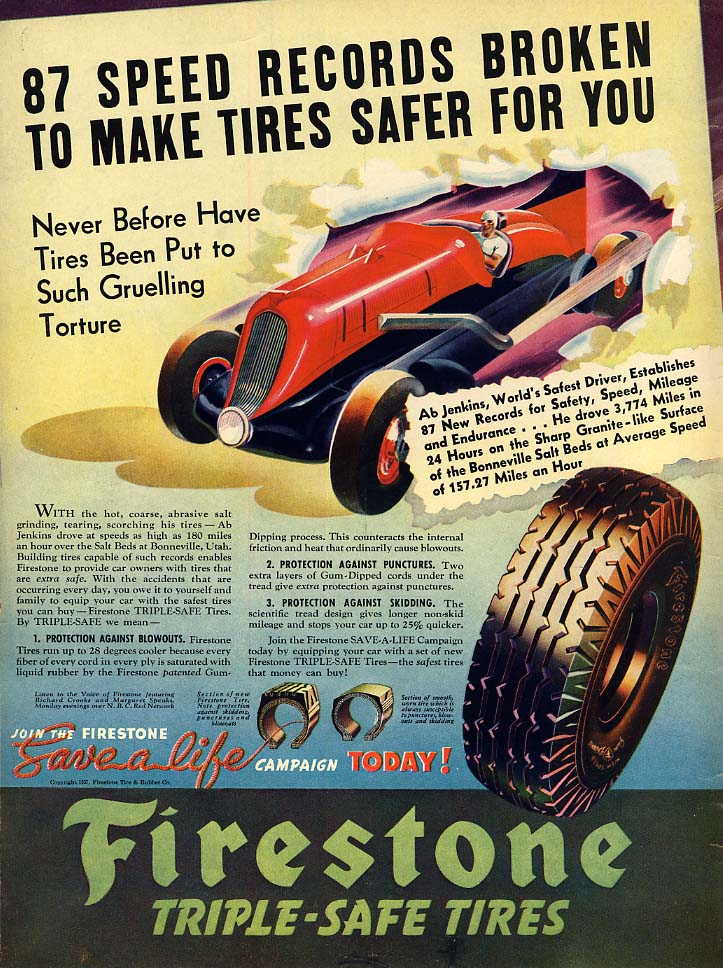 First, the tire is treated with an abrasive tool, producing the so-called roughening. Only 1.5 millimeters of rubber remains on the wheel over the cord - the minimum safe layer. After that, all the damage received by the tire during operation becomes visible - the consequences of impacts, cuts and other negative external influences. They are treated with "plasters" of raw rubber, after which the wheel is sent for vulcanization.
First, the tire is treated with an abrasive tool, producing the so-called roughening. Only 1.5 millimeters of rubber remains on the wheel over the cord - the minimum safe layer. After that, all the damage received by the tire during operation becomes visible - the consequences of impacts, cuts and other negative external influences. They are treated with "plasters" of raw rubber, after which the wheel is sent for vulcanization.
The pre-finished wheel is subjected to quality control, after which a tie coat and a new pre-treaded rubber are applied to it. Now hot recovery begins - vulcanization at a temperature reaching 160-175 degrees. The procedure is quick and efficient - the tire becomes very strong and durable. However, there are a number of disadvantages of hot recovery:

The disadvantages of the hot process have led many companies to find a way to reduce the temperature at which vulcanization is performed. Restoration is carried out in a similar way - during roughening, defects are detected, which are eliminated by gluing with raw rubber, and after preliminary vulcanization, a new tread is welded on top of the minimum layer. In this case, a composition is used that the developers keep secret - it is a special material that allows for restoration at relatively low temperatures.
Cold repair works well on previously retreaded wheels - it's considered gentle because of the 100-degree temperature that doesn't change the physical properties of the rubber. In addition, the cord retains maximum strength and elasticity, which allows you to maintain ideal parameters that affect handling and safety. However, not all tires may be suitable for cold vulcanization retreading - this should be kept in mind when going to a specialized workshop.
It should be understood that the listed recovery methods were originally developed for freight transport. If we talk about cutting the tread in an additional layer of rubber, then this option is not available for cars - this is due to the small size of the wheels and high requirements for the comfort of the chassis. Consequently, car owners can only use vulcanization - cold and hot.
However, there are limitations in this case as well. Immediately it is necessary to exclude the restoration of tires with low cord strength - that is, budget models of Russian, Chinese, Turkish and Korean manufacturers. In addition, you should not restore the tires of high-speed models, since the behavior of a powerful car with such rubber will be simply unpredictable. Only a few categories of middle-class tires remain - and even after restoration they pass only 20-40% of the original resource. We can conclude that the restoration of passenger tires practically does not make sense.
Many drivers fear that after installing such rubber on the car, they will endanger their lives, because the tire can explode at any time, which will lead to a serious accident. It is unfair to say so - statistics show that when restored by vulcanization, the rejection rate reaches only 0.06%. In addition, even in this case, the wheel explosion does not occur, since the inside of the tire does not come into contact with the asphalt surface. The most likely damage is the delamination of the top layer of rubber, which does not lead to dangerous consequences.
When using wheels with a cut tread, you can not worry about violating their integrity. The statistics of breaks in such rubber shows that the probability of a dangerous situation is equal to that of a new wheel. Therefore, retreaded tires are completely safe and can be used on trucks and other vehicles.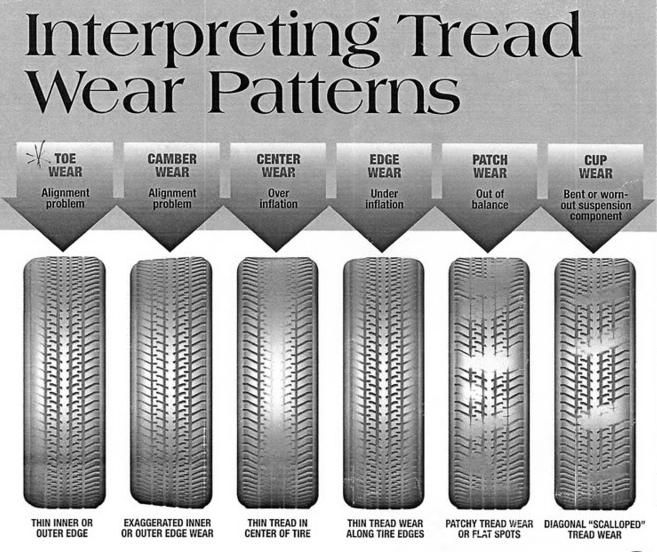
Automotive rubber retreading really helps to extend tire life and reduce costs. But there is practically no point in carrying it out with passenger wheels - the benefit will be minimal, and not all models can be restored. But truck owners will rejoice at significant savings - especially since a tractor with a semi-trailer is equipped with a very large number of wheels.
Tire Maintenance
Retreaded (or welded on) tires are a known way to extend the life of your car tires.
In an effort to save money, some car enthusiasts do not throw a worn-out set of tires into a landfill, but give it a "second life". How safe is this and is it acceptable from the point of view of operation?
Tires are retreaded when the surface is almost completely worn out (more than 90 percent worn out tread).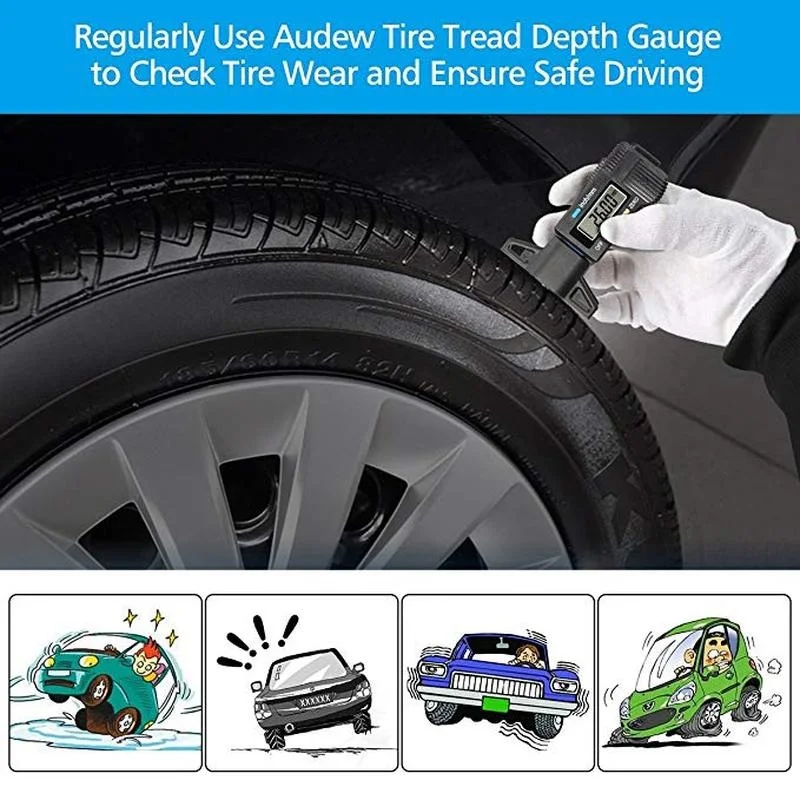 The top layer of rubber is superimposed (“welded”) on the old tire, while the side of the wheel often remains in the same state.
The top layer of rubber is superimposed (“welded”) on the old tire, while the side of the wheel often remains in the same state.
As part of the tread pattern, when the top layer is “welded on”, changes occur - the tread will look different, but the breaker, carcass and other parts of the tire will remain intact. The thickness of the weld layer may vary, but it is unlikely to exceed the original tread height of the new tire.
The process of retreading varies from case to case, so one company does it well and another one frankly poorly - it all depends on the experience in this case and the skills of the tire retreader.
In Europe and the USA, large companies are engaged in restoration, and they often put a mark on such tires: Retread (English marking), Remould (USA) or Regummerad (German designation). The Russian designation is clear without comment - "Restored". Other signs of a retreaded tire:

What are the considerations when using retreaded tyres? In this case, everything depends on how well the work was carried out on the “welding” of the new top layer of rubber, but there are no guarantees that even with proper restoration, the tire will behave adequately on the road with different types of coverage.
Taking into account the worn power structure of the tire, the latter will no longer be able to withstand the impact from road bumps as a new one does, so a wheel break at high speed cannot be ruled out.
However, if you drive calmly and at the speed allowed by traffic rules, then there should not be any special problems. That is why retreaded tires are more relevant for trucks than for cars - significant savings on new rubber and maintaining acceptable grip properties are the main advantages of retreaded rubber.
It makes sense to restore worn tires if there are problems with finances - for some time a new layer of rubber will be enough for safe movement, but subject to the speed limit allowed by the rules.